Top 10 Oldest Subways in the World
 |
| Top 10 Oldest Subways in the World - Photo: KnowInsiders |
Subway, metro, underground… Don’t miss the most curious facts about these interesting railways, read on to find out more!
The list of 10 oldest subways in the world
10. Buenos Aires Underground
9. Hamburg U-Bahn
8. New York City Subway
7. Berlin U-Bahn
6. Paris Métro
5. MBTA Subway
4. Glasgow Subway
3. Budapest Metro
2. Istanbul Metro
1. London Underground
10. Buenos Aires Underground
Year Established: December 1, 1913
Area Served: Buenos Aires, Argentina
Number of Lines: 7
Number of Stations: 104
System Length: 35.2 miles (56.7 km)
Annual Ridership: Unspecified – daily ridership in 2018 was 1.38 million
 |
| Photo: Wikimedia Commons via Wmtribe2015 |
The Buenos Aires Underground first opened in 1913 and was the first subway system established in Latin America and the Spanish-speaking world. For a city as large as Buenos Aires, the Underground is fairly small and only covers 34.1 miles (54.9 kilometers). Buenos Aires is also the only city in Argentina with a metro system.
Like all of the subway systems on this list, the Buenos Aires Underground expanded rapidly during the first few decades after it opened. By 1944, the Underground’s main lines were completed and minor additions were added as recently as 2007. Due to overcrowding and the ever-increasing travel needs of its citizens, Buenos Aires has plans to modernize and expand the Underground in the coming years.
Did You Know?
From 1939 until 1994, the Buenos Aires Underground was centralized and nationalized under the management of the Transport Corporation of Buenos Aires (CTCBA). Since 1994, the Buenos Aires Underground has been privatized along with the country’s railways, and is now managed by Metrovías.
9. Hamburg U-Bahn
Year Established: February 15, 1912
Area Served: Hamburg, Norderstedy, Ahrensburg, and Großhansdorf, Germany
Number of Lines: 4
Number of Stations: 93
System Length: 66.1 miles (106.4 km)
Annual Ridership: 242.5 million (2017 numbers)
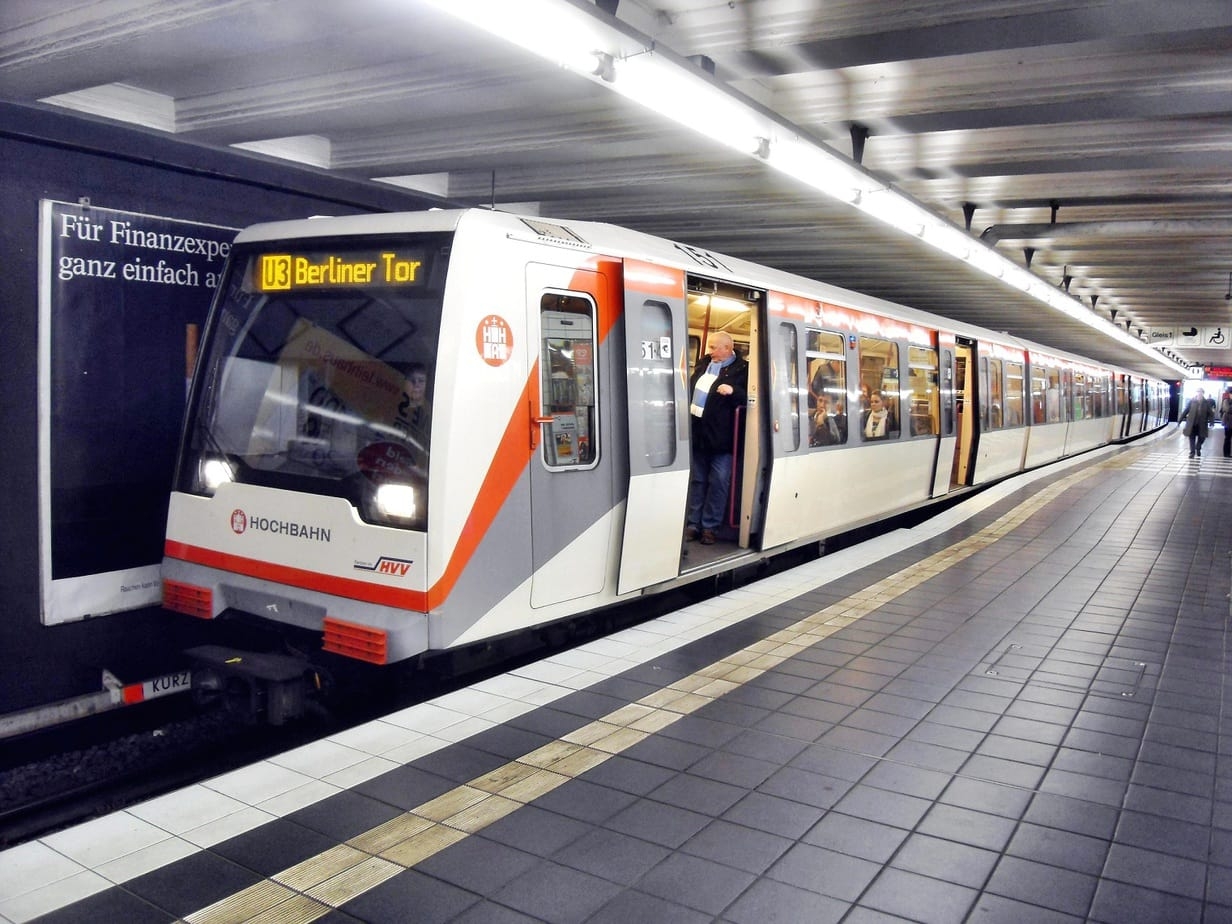 |
| Photo: Wikimedia Commons via Jivee Blau |
The Hamburg U-Bahn or metro system was established in 1912, about a decade after Germany’s first subway system opened in Berlin. All of Hamburg’s transit system is run by the Hamburger Hochbahn, which was founded just a year before the Hamburg U-Bahn opened.
The U-Bahn system is connected to the city’s S-Bahn, Hamburg’s above ground railway system. In total, the Hamburg U-Bahn has four lines, 91 stations, and covers about 66 miles (106.2 kilometers). After World War II, the Hamburg U-Bahn was badly damaged and repairs and extensions took place over the next few decades.
Did You Know?
The first Hamburg U-Bahn station to feature escalators was Jungfernstieg, which opened on April 28, 1934.
8. New York City Subway
Year Established: October 27, 1904
Area Served: New York City (The Bronx, Brooklyn, Manhattan, and Queens), New York, USA
Number of Lines: 36 (1 planned)
Number of Stations: 472 (14 planned)
System Length: 850 miles (1,370 km)
Annual Ridership: 1,727,366,607 (2017 numbers
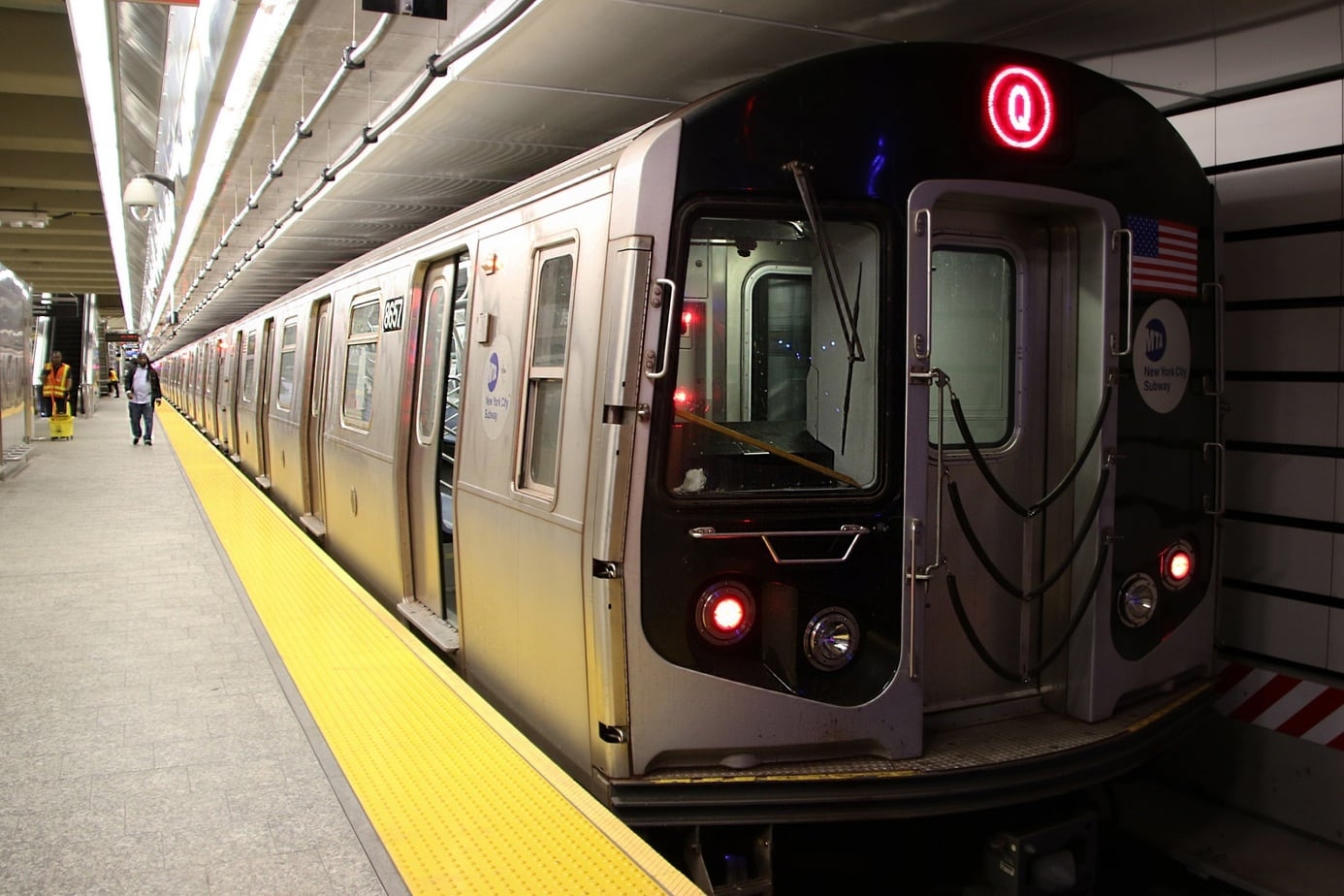 |
| Photo: Wikimedia Commons via Mtattrain |
While the New York City Subway is one of the most famous and most used subway systems in the world, it was surprisingly not the first subway system in the United States – that distinction belongs to the Boston subway, which opened in 1897. New York City’s first official subway opened on October 27, 1904 and quickly became the largest mass transit system in America.
In terms of stations (472 with 14 more planned), the New York City Subway is the world’s largest and nearly 2 billion passengers use the city’s subway each year. While the New York City Subway was mostly completed by the mid-20th century, since the day it first opened expansions to the system have been proposed to help alleviate overcrowding and other constraints. In recent years, new stations have been added throughout the city.
Did You Know?
A fake townhouse (its just a facade with blacked out windows) in Brooklyn Heights hides a ventilator and emergency exit for the New York City Subway.
7. Berlin U-Bahn
Year Established: 1902
Area Served: Berlin, Germany
Number of Lines: 9
Number of Stations: 175
System Length: 94.3 miles (151.7 km)
Annual Ridership: 553.1 million
 |
| Photo: Wikimedia Commons via Jivee Blau |
The Berlin U-Bahn is the oldest subway system in Germany and the first line opened in 1902. Much of this first railway line was elevated, with only a part of it underground. The U-Bahn was created as a way to alleviate the growing traffic problems facing Berlin.
The U-Bahn was immediate popular and throughout the early 1900s, the system was expanded. By the 1930s, most of the present Berlin U-Bahn was completed. After the Berlin Wall went up in 1961, some of the U-Bahn’s lines were split and many stations were abandoned. As soon as the wall came down, the ghost stations were reopened as soon as possible.
Did You Know?
While the Berlin Wall was still up, two of the Berlin U-Bahn’s lines – today’s U6 and U8 – were short and actually did travel from West Berlin beneath East Berlin, but passengers were obviously not allowed to leave the train until it re-entered West Berlin.
6. Paris Métro
Year Established: July 19, 1900
Area Served: Paris metropolitan area, France
Number of Lines: 16
Number of Stations: 304
System Length: 139.9 miles (225.1 km)
Annual Ridership: 1.520 billion (2015 numbers)
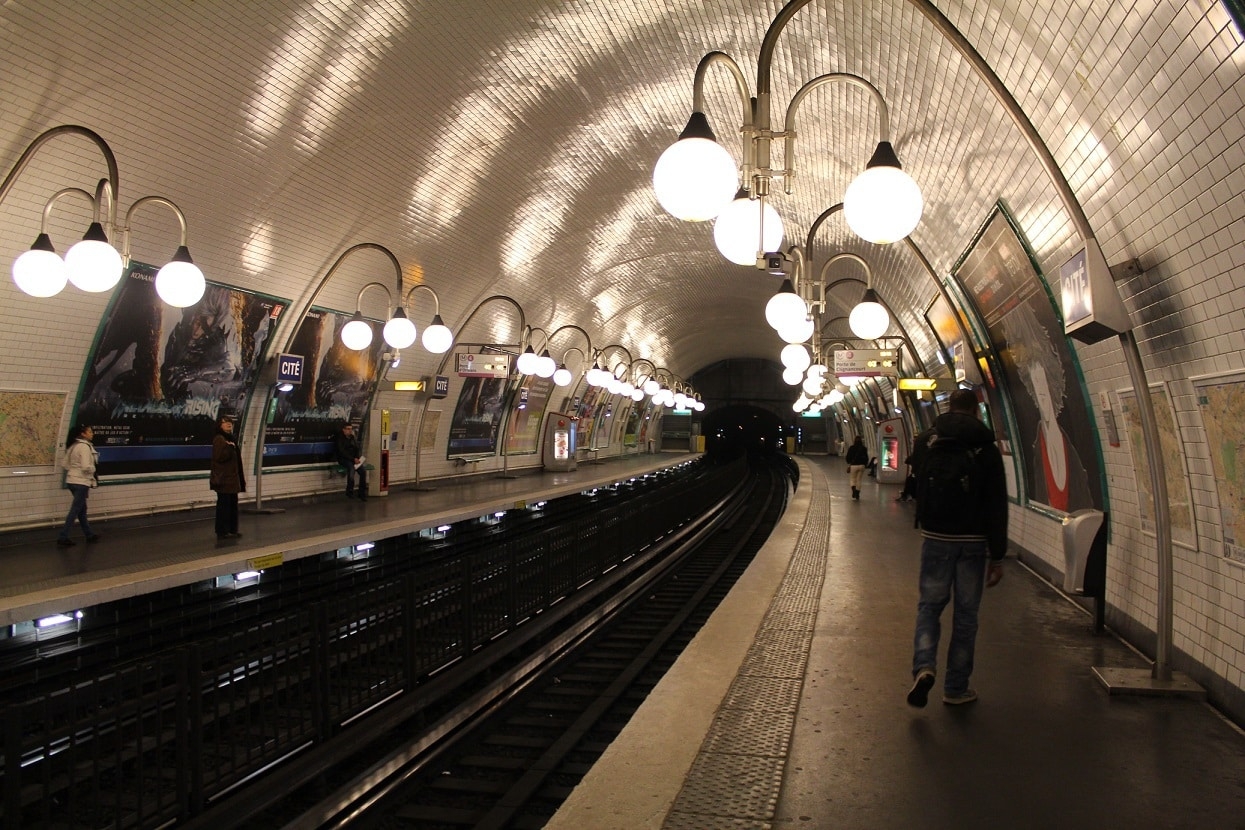 |
| Photo: Wikimedia Commons via Ardfern |
The Paris Métro was first opened in 1900 during the World’s Fair. The first line of the Paris Métro connected all of the city’s major attractions. The core parts of the Paris Métro were completed by the 1920s and over the next decades, the system expanded further into Paris’ suburbs.
Since Paris is such a densely populated and large city, the Paris Métro is one of the busiest subways in the world, serving an estimated 4 million passengers daily. As the heartbeat of Paris and one of the city’s symbols, the Paris Métro was beautifully designed, and its entrances have unique architecture influenced by Art Nouveau. The stations are also decorated with art and are often themed.
Did You Know?
One of the most fascinating aspects of the Paris Métro are its “ghost stations,” which are stations that have been abandoned for decades as many of them were used as bomb shelters during World War II. While the ghost stations are closed to the public, they have intrigued locals and tourists alike and there are plans to revive some of these spaces for economic and cultural uses.
5. MBTA Subway
Year Established: September 1, 1897
Area Served: Boston, Massachusetts
Number of Lines: 3
Number of Stations: 148 (7 in construction)
System Length: 65.1 miles (104.8 km)
Annual Ridership: 352,519,591 (2014 numbers)
MBTA Subwayphoto source: Flickr via ericodeg
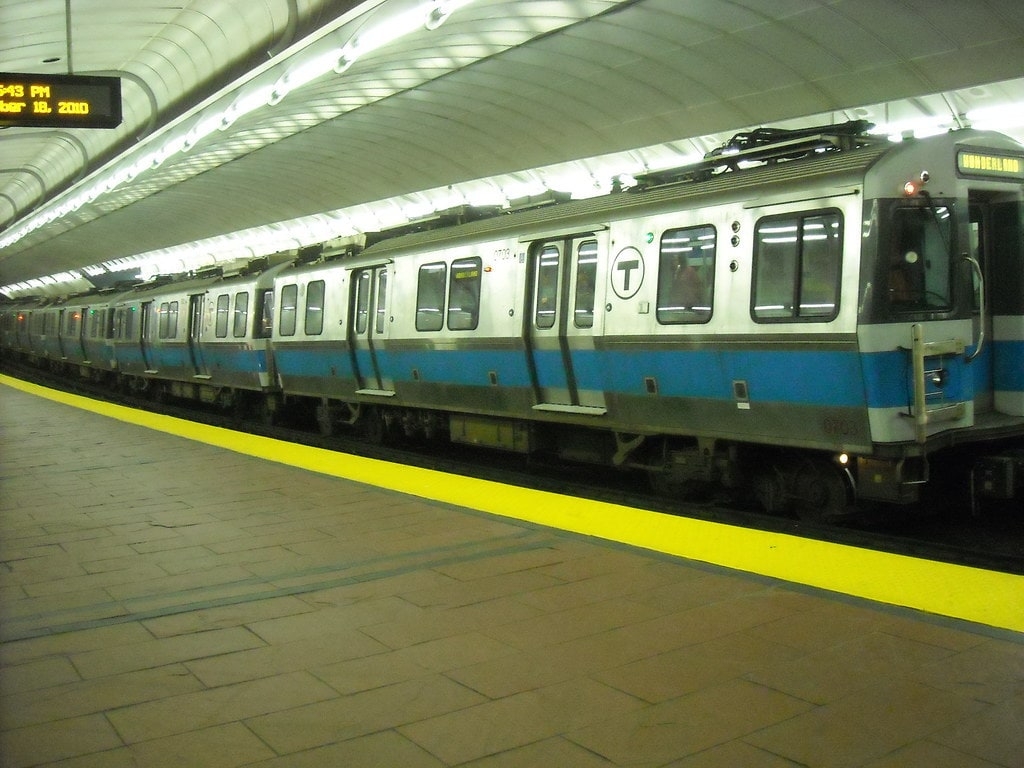 |
| Photo: Flickr via ericodeg |
While it may come as a shock, the first subway system in the United States was not opened in New York City – America’s first and oldest subway is actually located in Boston, Massachusetts. The MBTA (Massachusetts Bay Transportation Authority) Subway dates back to 1897. The underground tunnel line ran under Boston’s Tremont Street and was part of the larger 4 elevated railway lines.
The Tremont Street Subway is still used today and connects the Government Center, Park Street, and Boylston stations. Today the MBTA not only manages Boston’s subway, but also all of city’s public transportation systems.
Did You Know?
The MBTA’s current fare system – the CharlieCard and CharlieTicket – is named for a song called “Charlie on the MTA,” which was written for mayoral candidate Walter A. O’Brien, Jr. in 1949. The titular Charlie got stuck on an endless subway ride because he could not pay the exit fare.
4. Glasgow Subway
Year Established: December 14, 1896
Area Served: Glasgow, Scotland
Number of Lines: 1
Number of Stations: 15
System Length: 6.5 mi (10.5 km)
Annual Ridership: 12.7 million (2019/20 numbers)
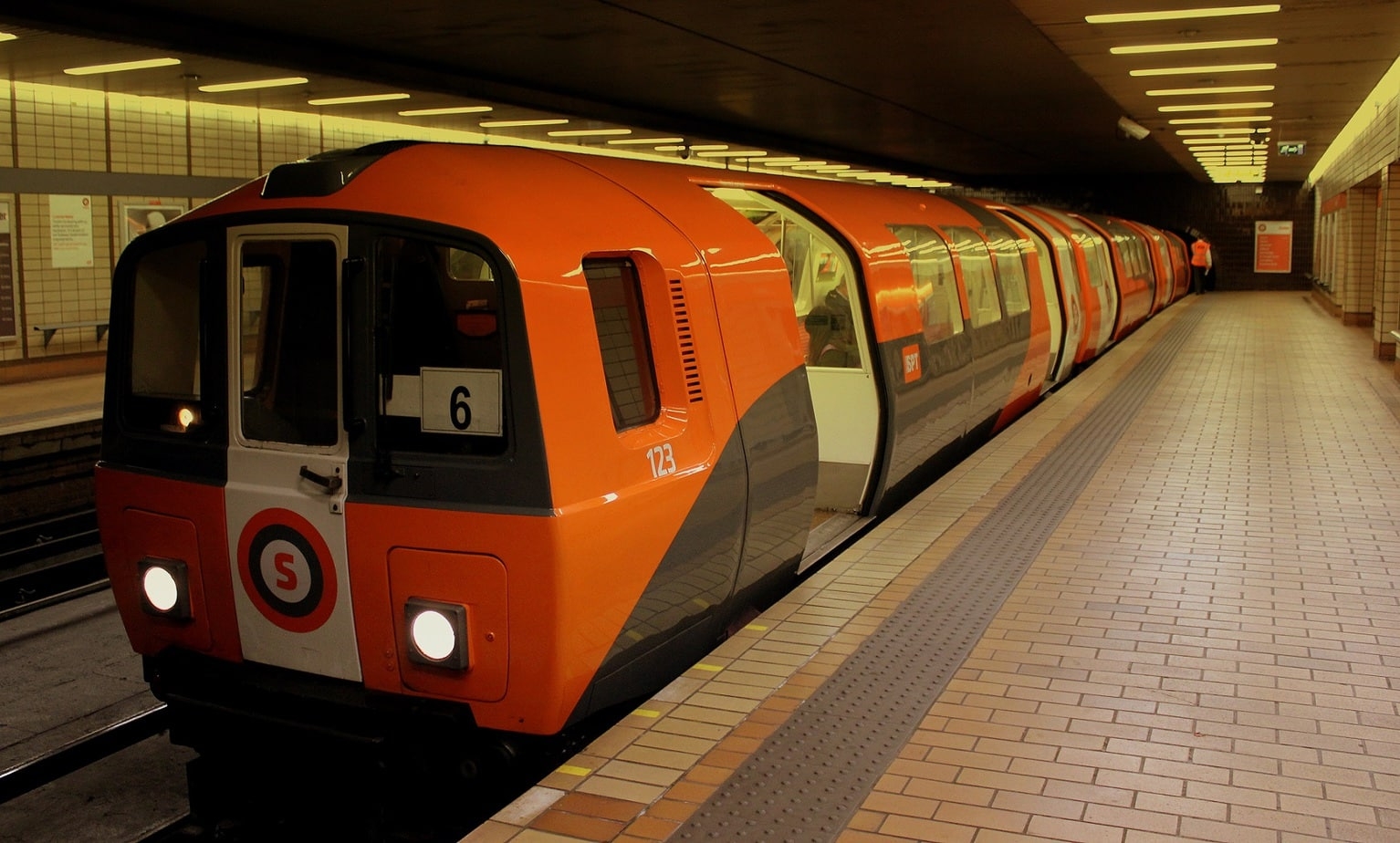 |
| Photo: Wikimedia Commons via calflier001 |
The Glasgow Subway is the second oldest subway system in the United Kingdom, after the London Underground. The Scottish railway first opened in 1896 and was built and initially named for the Glasgow District Subway Company.
In 1923, operation of the Glasgow Subway was passed on to Glasgow Corporation Transport Department. A decade later, the Glasgow Subway was converted to electric traction. As a smaller subway than the others on this list, the Glasgow Subway has not had extensive work done since the late 1970s/early 1980s. The Glasgow Subway’s stations were modernized at this time.
Did You Know?
The Glasgow Subway is one of the few railways in the world with a track running gauge of 4 ft (1,219 mm), which is much smaller than the standard gauge of 4 ft 8.5 in (1435 mm).
3. Budapest Metro
Year Established: 1896
Area Served: Budapest, Hungary
Number of Lines: 4
Number of Stations: 48
System Length: 24.7 miles (39.7 km)
Annual Ridership: 409.3 million (2017 numbers)
 |
| Photo: Wikimedia Commons via Sprok |
Like many of the subway systems on this list, the Budapest Metro as a singular line built in the late 19th century. Although Istanbul’s Tünel is about a decade older, many people consider Budapest’s M1 line to be continental Europe’s oldest metro network. The trains on the M1 line are bright yellow to reflect the line’s color on the system’s map.
As Budapest grew, so did its subway system – the M2 and M3 lines were added in the 1970s and the M4 was recently opened in 2014. Construction on a fifth line began in 2019.
Did You Know?
The Budapest Metro’s Line 2 has a secret bunker that is hidden between the Kossuth tér and Deák Ferenc tér metro platforms. The bunker was built in the 1950s while the M2 was under construction and was directly connected to Hungarian Parliament.
2. Istanbul Metro
Year Established: late 1874/early 1875
Area Served: Istanbul, Turkey
Number of Lines: 7 (6 more under construction)
Number of Stations: 104 (64 under construction)
System Length: 82.6 miles (133 km)
Annual Ridership: 495 million (2019 numbers)
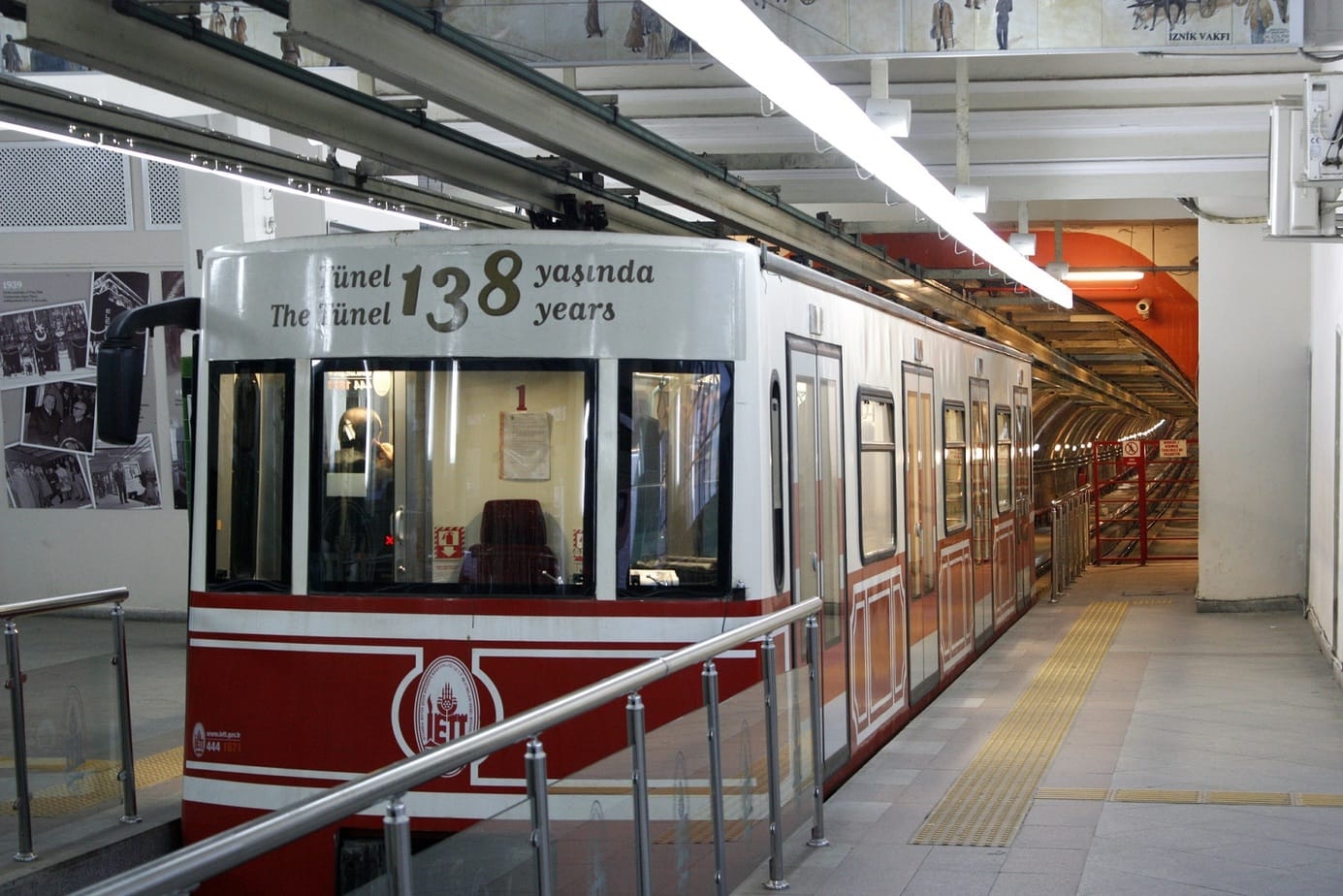 |
| Photo: Wikimedia Commons |
The Istanbul Metro traces its history to the Tünel line that was constructed in the early 1870s. The Tünel was completed in 1874 and first started operating on December 5, 1874. Since then, the Tünel has remained in service, which makes it the second oldest subway in the world.
After the success of the Tünel line, there were plans for a full metro network in Istanbul dating back to the early 20th century. However, this earlier network was never built, but smaller metro lines were added in the mid-20th century. The modern Istanbul Metro system was first constructed in 1989 and work has continued on the system since then.
Did You Know?
The early Istanbul Metro, including the Tünel, was not nationalized until 1939. Prior to this, Istanbul’s transportation services were operated by various foreign companies.
1. London Underground
Year Established: January 1863
Area Served: London region; Buckinghamshire; Essex; and Hertfordshire (England)
Number of Lines: 11
Number of Stations: 270
System Length: 250 miles (402 km)
Annual Ridership: 1.357 billion (2017/2018 numbers)
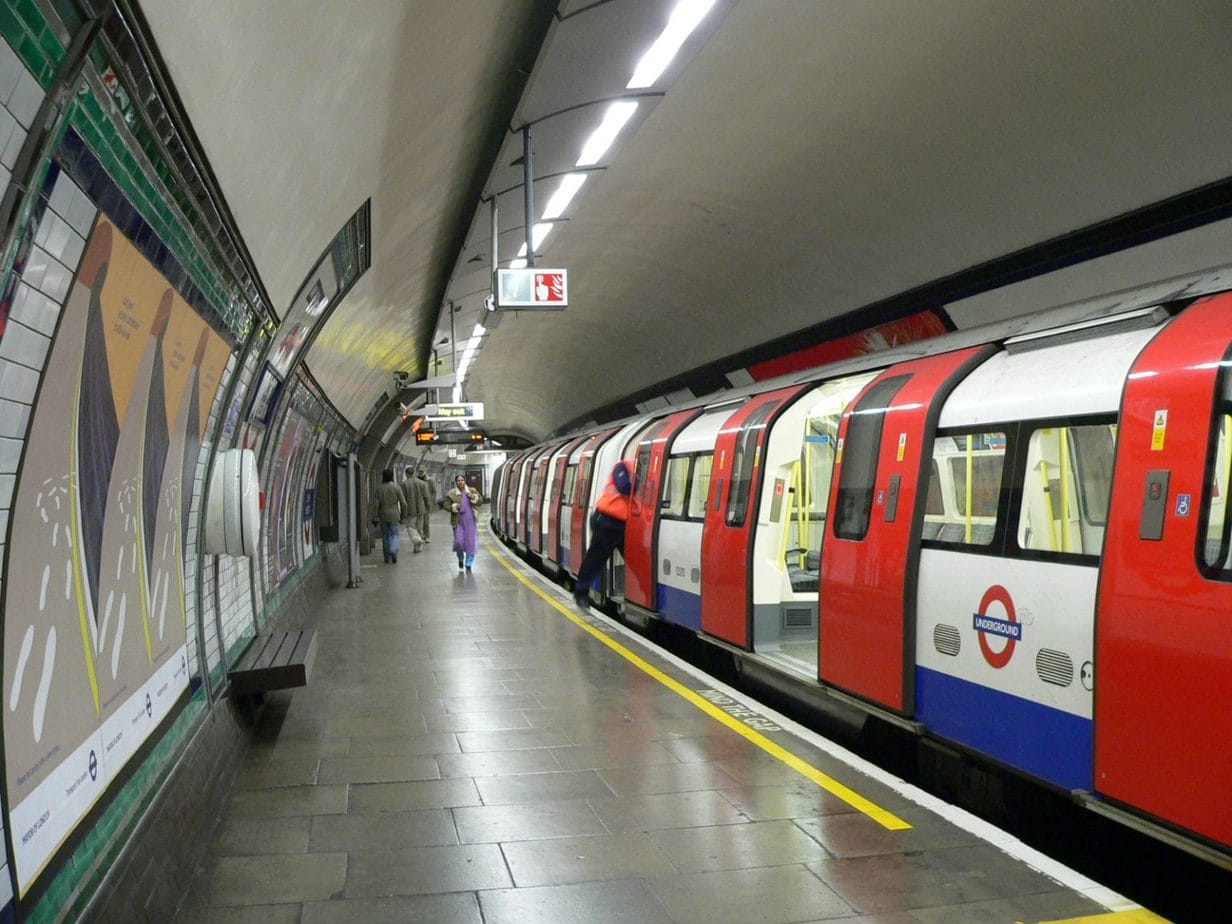 |
| Photo: Wikimedia Commons via Chris McKenna |
The London Underground dates back to 1863 when the Metropolitan Railway (now the Metropolitan Line) first opened. This makes the London Underground not only the oldest subway system in the world, but also the world’s very first underground railway.
Most of the central London network was completed in the Underground’s first 50 years over the late 19th century. During the first half of the 20th century, the London Underground expanded into the city’s suburbs
Did You Know?
Each train used by the London Underground travels about 114,500 miles (about 35 kilometers) a year, which is about 4.6 turns around the world.
 What Was The First Subway in the World? What Was The First Subway in the World? Subway systems first emerged in the 19th century as a way to address growing travel needs. What is the oldest subway in the world? |
 What Is The Longest Subway In The World? What Is The Longest Subway In The World? Seoul subway serving the Seoul Metropolitan Area is the longest subway system in the world. Let’s find out some ... |
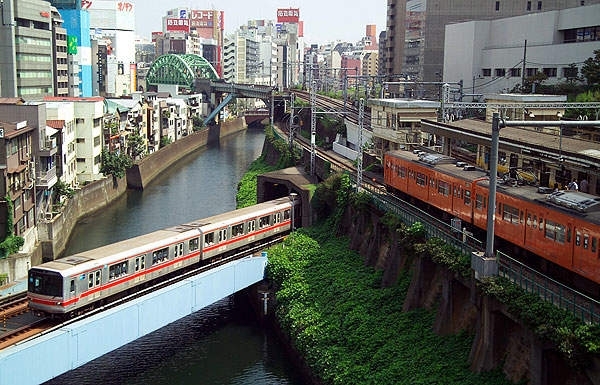 Top 10 Longest Subways In The World Top 10 Longest Subways In The World Subway is part of city life. Big cities in the world have large and long systems of subways. Let's find out which countries have the ... |


























